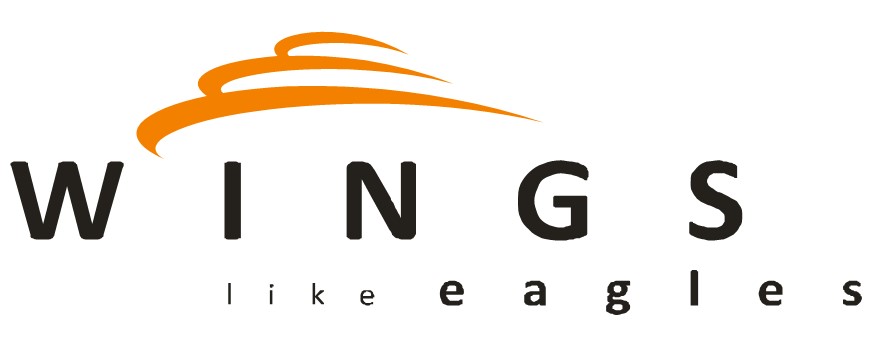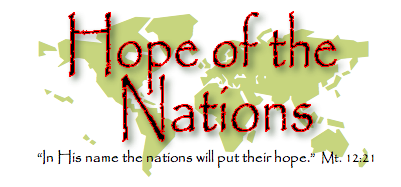The Haitian Earthquake was a catastrophe. Not only did it affect so many people. Many of the leaders who knew how to respond to the disaster died in it. The UK’s Disasters Emergency Committee (DEC) has published the statistics of the Haitian Earthquake disaster. They are chilling.
The Haitian Earthquake
- Haiti was 145th of 169 countries in the UN Human Development Index, which is the lowest in the Western Hemisphere.
- More than 70% of people in Haiti were living on less than $US2 per day – the accepted UN definition of poverty.
- 86% of people in Port au Prince were living in slum conditions – mostly tightly-packed, poorly-built, concrete buildings.
- A 7.0 Magnitude Earthquake struck near Port au Prince.
- 3,500,000 people were affected by the earthquake.
- 220,000 people estimated to have died, including 25% of the city’s civil servants.
- 300,000+ people were injured, and over 600,000 people left their home areas and most stayed with relatives.
- After the Haitain Earthquake there were 19 million cubic metres of rubble and debris in Port au Prince – enough to fill a line of shipping containers stretching end to end from London to Beirut.
Air Calvary and the Haitian Earthquake
Our allies at Air Calvary responded to the Haitian Earthquake. They supplied helicopters from the Dominican Republic (R-44s, a Jet Ranger and a Long Ranger).
They used them to provide essential support. Some areas were cut off from supplies for many days. We provided some distant advice. We used our network to help Air Calvary to respond. The earthquake had such impact that we record even our limited support.
Air Calvary assisted the Haitian earthquake by finding remote groups of survivors. The earthquake isolated schools, orphanages and health clinics. Most sites had no access to support after the earthquake.
Air Calvary also did interesting work with US Navy forward air controllers. They identified landing zones for Navy aircraft. And they linked state aid to responsible agencies on the ground.” Well done Air Calvary!
There may be more urban disasters like the Haitian Earthquake
The world’s population is moving towards cities. So, urban disasters could become more common.
Earthquakes, like volcanoes, mudslides and floods, make the roads unusable. So helicopters are a key part of disaster response.
There are other problems in cities. And urban disaster response takes special skills. For example:
- Urban search and rescue is a tough. Helicopters can assist. Life saving searches with infra-red cameras can find warm bodies.
- Collapsing buildings can cause incredible disruption to roads. That can slow the restoration of law and order. Helicopters may help with surveys. Also they can move key security teams.
- Road ambulances may find it difficult to get to injured people. Helicopter ambulances may be the only answer. They can save lives.
- What’s more, helicopters can fly in medical teams. That means clinics can nip illnesses in the bud. Cholera, typhoid and dysentery can all incubate when the sewerage system collapses. After the 2004 tsunami one doctor nipped a measles epidemic ‘in the bud’ in Aceh Province.
- Although food distribution is better done by road. It is possible for distribution centres to get isolated. Helicopters can supply them with key aid or as we say it: ‘help get the right aid to the right people’.
- Also Helicopters can fly media teams. They can provide world wide media coverage. Such coverage can increase public giving and really help those affected. This is part of our desire ‘to provide access for all’.
So I hope you can see that even in urban disasters, helicopters can help. Why not have a look at how we look to respond to disasters?
So what?
All this is part of building a network of supporters and people we support. We are so grateful for our longstanding links with our supporters.
- With our first supporter Ken Wills at Helicharter.
- And through the link made through a chance meeting with Nigel Watson at Luviair.
Why not follow their example and become a donor to Wings today?






0